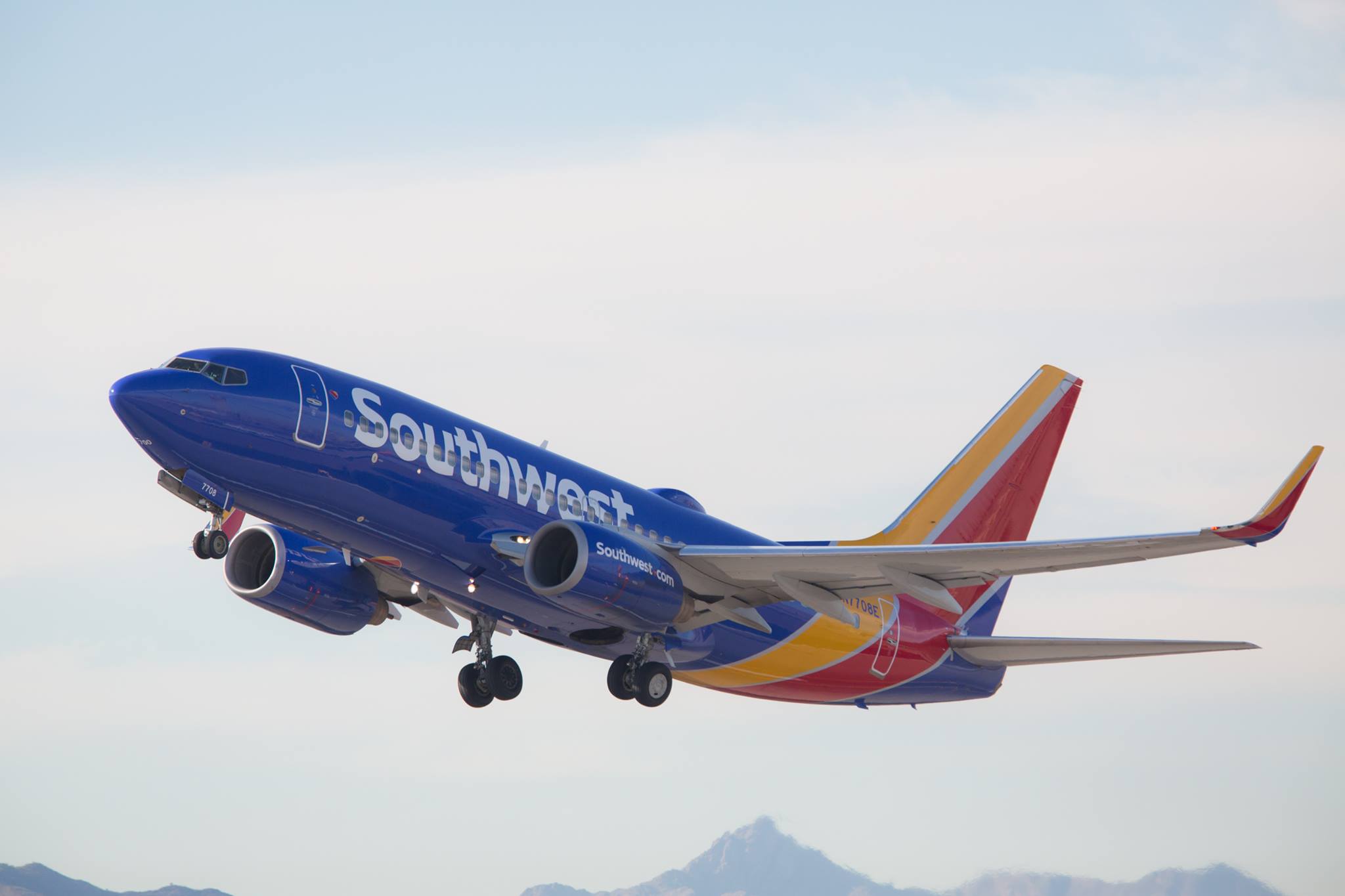For years, Southwest Airlines Co. (LUV 1.29%) has been waiting for the Wright Amendment to be repealed so that it could offer long-haul service in its hometown of Dallas. Southwest CEO Gary Kelly was also a vocal proponent of requiring American Airlines (AAL 4.03%) to give up slots at Washington, D.C.'s crowded Reagan National Airport as part of its merger with US Airways.

Southwest is growing significantly in Dallas and Washington, D.C. Photo: The Motley Fool
On Monday, Southwest Airlines revealed its fall flight schedule, which incorporates a full complement of new flights in Dallas as well as at Reagan Airport. Southwest's growth in these two cities will have a disruptive impact on several key air travel markets by boosting capacity and undercutting the dominant carriers with lower fares.
Unleashing the "Southwest Effect"
Dallas and Washington, D.C., are two unusual markets, because for decades, Southwest Airlines has been severely limited in terms of the flights it could offer. Until it acquired AirTran a few years ago, Southwest did not serve Reagan Airport -- the most convenient airport to most of the D.C. area -- due to a lack of flight slots.
Instead, Southwest has served Washington, D.C., via Dulles Airport and BWI Airport, which are much further from the city center. (BWI is one of Southwest's largest focus cities today, with more than 200 daily departures.) Over the next six months, Southwest will grow from 17 daily departures to a more respectable 44 daily departures at Reagan Airport, thanks to the slots it acquired from American Airlines.

Southwest acquired 27 Reagan Airport slot pairs that American had to divest. Photo: American Airlines
Meanwhile, Southwest has an average of 124 daily departures at Dallas Love Field, but under the terms of the Wright Amendment it can only fly within Texas and to a few neighboring states. Rising fuel prices and stricter security procedures have decimated short-haul air travel, making Southwest's inability to fly longer routes in Dallas a real liability. Fortunately, most Wright Amendment restrictions will disappear in October.
Now that Southwest is allowed to grow in Dallas and Washington, D.C., travelers in both cities will benefit from the "Southwest Effect". Fares will fall, stimulating increases in traffic. Since Dallas and Washington Reagan are both American Airlines hub markets, American will bear the brunt of the resulting pressure on unit revenue.
A look at one key market
The effect of Southwest's growth in Dallas and D.C. can best be seen by looking at the market for flights between those two cities. Today, American Airlines is the only airline flying nonstop from Dallas to Reagan Airport, offering 11 daily departures. Including all three D.C.-area airports, American has a nearly 85% seat share, with 20 out of the 24 daily round-trips.
As of Nov. 2, Southwest will offer six daily round-trips between Love Field and Reagan Airport. Southwest will also add three daily round-trips to BWI this fall. Additionally, Virgin America plans to fly from Love Field to Reagan Airport with three daily round-trips starting in October, increasing to fiour daily round-trips next year.

Virgin America is growing on a smaller scale in Dallas. Photo: Virgin America
This will dramatically reshape the competitive landscape. If American Airlines maintains its current schedule, its seat share will fall to a little more than 50%, with 20 out of the 37 flights between the two metro areas. This dramatic increase in competition should lead to much lower nonstop fares going forward.
According to the Department of Transportation's Consumer Airfare Report from Q2 2013 (this time last year), American Airlines carried 60% of the passenger traffic between the Dallas and Washington metro areas. Its average one-way fare on the route was $294, roughly 50% more than the average fare paid for one-stop service on Southwest for the same route.
Of the 12 city pairs in the 1200- to 1300-mile range with at least 1,000 daily passengers, the Dallas-Washington route had the second-highest average fare at $260. The median route of that length was nearly 20% cheaper, and the only city pair in that group with more expensive flights was Washington-Houston: another underserved market where Southwest is adding flights this fall.
Competition will lead to lower fares -- and profit margins
No matter how American Airlines reacts to the growth of Southwest (and to a much smaller extent, Virgin America), it will be less profitable in markets where it goes from having little or no competition to facing robust competition from one or both low-cost carriers. (So far American has not altered its Dallas-Washington, D.C., flight schedules.)
For travel in early December between Dallas and Reagan Airport, American's cheapest round-trip fare is more than $400. Meanwhile, Southwest is offering promotional $99 one-way fares. Longer term, based on Southwest's average yield of roughly $0.16, the average Southwest ticket for one-way travel on that route may be around $200, more than 30% below American's average fare last year.
Other busy routes that will see significant changes in the competitive dynamic include Dallas-New York, Chicago-Washington, Dallas-Chicago, Dallas-Los Angeles, and Dallas-Phoenix.
Consumers are hoping that increased low-cost-carrier service on these routes will lead to lower fares, bucking the airline industry trend of consolidation driving ticket price increases. So far, it looks like Southwest's big expansion projects in Dallas and Washington, D.C., will benefit people traveling to and from those cities. Elsewhere in the country, most travelers won't be so lucky.







